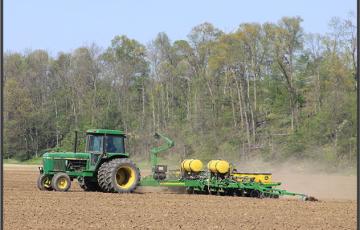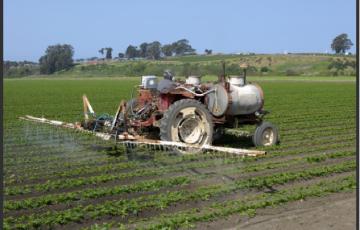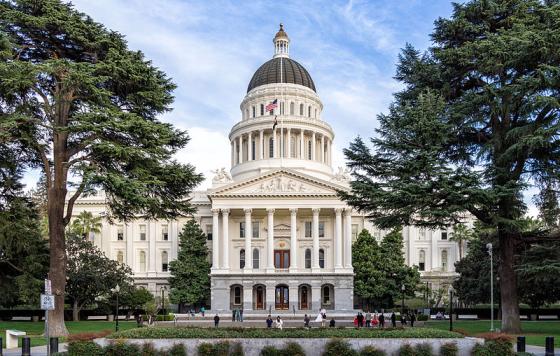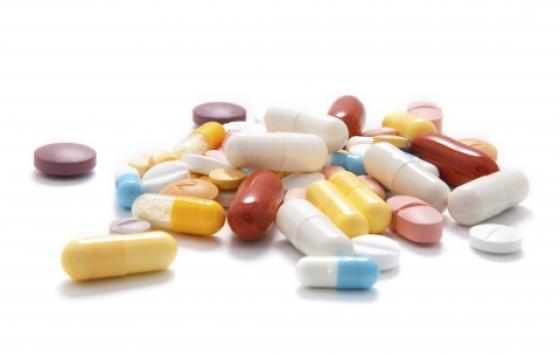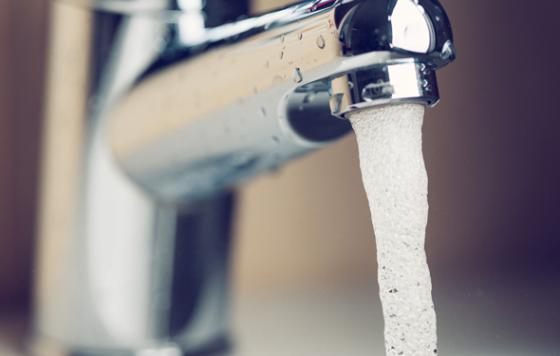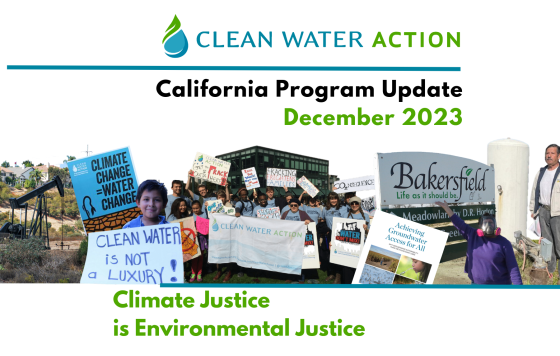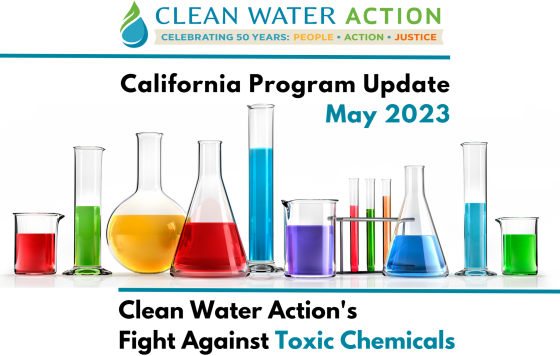
Drinking water is protected at the federal level by the Safe Drinking Water Act, which provides guidance to the Environmental Protection Agency on how they can and should regulate contaminants found in our drinking water supplies. California has its own Safe Drinking Water Act, which implements the federal statute and expands some of its provisions. But what does this really mean? What chemicals are found in our water supply? Is everyone’s water supply protected? And, is there something each of us can and should do to protect our families and our fellow California residents?
Threats to Safe Drinking Water
Nitrates
The exploding use of pesticides and synthetic fertilizer in post World War II agriculture generated an agricultural boom in California and throughout the US. Today seven of the top ten agricultural counties in the US are located in California and in 2010, California agriculture generated $37.5 billion in sales.
But that boom also created serious water quality problems that continue today. Runoff from agricultural fields washes pesticides, sediment and nutrients into our lakes, rivers and streams. DDT, Diedlrin, Diazonin, Malathion, Chlorpyrifos – many of these toxic chemicals have been banned for years, but are still present in our waterways. Small rural communities are disproportionately impacted because they lack the resources to treat or replace their water supply and because they are almost wholly dependent upon groundwater.
Hexavalent Chromium
The movie Erin Brockovich alerted the public to the great suffering the little town of Hinkley experienced due to hexavalent chromium in their drinking water. Sadly, Hinkley is not the only California community suffering from this devastating pollution.
While the levels in most other impacted communities are much lower than Hinkley’s, hexavalent chromium was eventually detected in 2,475 California drinking water sources, spread throughout 51 out of 58 counties.
Despite the publicity from the film and the severe health effects associated with hexavalent chromium, the federal government has not regulated this toxic chemical in drinking water. Learn more here.
1,2,3- Trichloropropane (TCP)
TCP is an exclusively man-made chlorinated hydrocarbon commonly used as an industrial solvent, cleaner, and degreaser, as well as in the production of paint thinners and varnish removers. TCP is also used in the production of other chemicals, which is how it became a contaminant in two commonly used soil fumigants used in California to manage nematodes.
California is the only state to date to regulate 1,2,3 trichloropropane (TCP) in drinking water. Because of its serious health impacts, the standard for TCP is 5 parts per billion (ppb), which is the level at which the chemical can be reliably detected in water.
Perchlorate
Perchlorate is a chemical primarily used in solid fuel for missiles and rockets. Small amounts of perchlorate are also used in car air bags, military ordinance, fireworks, and fertilizer. At one time it was used as a medication, but serious side effects have resulted in it being used only rarely.
While perchlorate is found naturally in the environment, most of it is man-made. Since the 1950s, over 870 million pounds of perchlorate have been manufactured in the United States. As a result of its production, use, and disposal perchlorate is being discovered in soil, drinking water, and irrigation water around the country.
California and Massachusetts are the only states that have set enforceable drinking water standards for perchlorate in drinking water. Both states acted because there is no federal standard for this contaminant, despite the fact that it has been found in hundreds of drinking water sources at harmful levels across the U.S.
